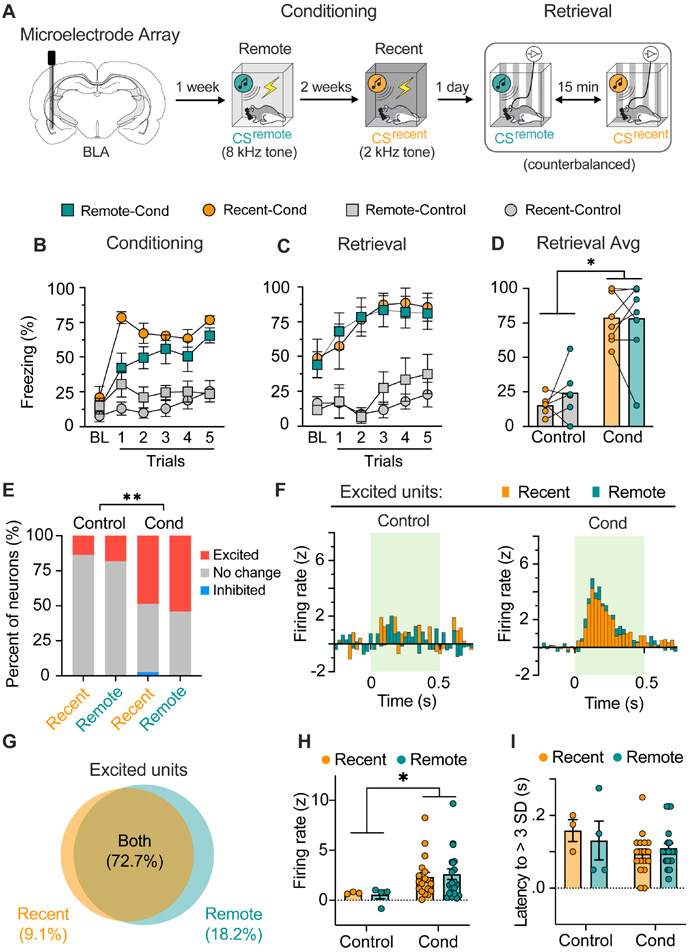Figure 2. BLA neurons exhibit excitatory responses to both recent and remote conditioned stimuli.
A, Schematized experimental design of the electrophysiology experiment. Conditioned rats received two fear conditioning sessions with distinct conditioned stimuli (CSremote and CSrecent) separated by two weeks; control rats were presented with the same CSs without footshocks. B, Freezing data showing that conditioned, but not control, animals acquired fear to both the recent and remote CS. C-D, Trial (C) and average (D) data showing that conditioned animals, and not control, show similarly high levels of fear to the recent and remote CS (n = 6-7 per group). E, Stacked bar plots illustrate the percentage of BLA neurons showing excitatory or inhibitory responses to CSremote and CSrecent in conditioned and control rats. Both recent and remote conditioning increased the proportion neurons showing excitatory CS responses during fear retrieval. Only one neuron (2.7 %) showed an inhibitory response to the CS. F, Perievent time histograms illustrating the responses of BLA neurons with excitatory responses to the CSs. Both the CSremote and CSrecent induced similarly high firing rates among BLA neurons in conditioned rats. G, Venn diagram showing that the majority (72.7%) of CS-responsive BLA neurons encode both recent and remote fear memory. H, Average firing rates (z-scores) of all recorded neurons. Both recent and remote fear retrieval induced higher firing rates of BLA neurons. I, The average latency at which conditioned CS-responsive neurons showed increased firing relative to baseline (first bin of z-score > 3 SD). Data are shown as means ± SEMs. *p < 0.05. CS, conditioned stimulus; BLA, basolateral amygdala.

